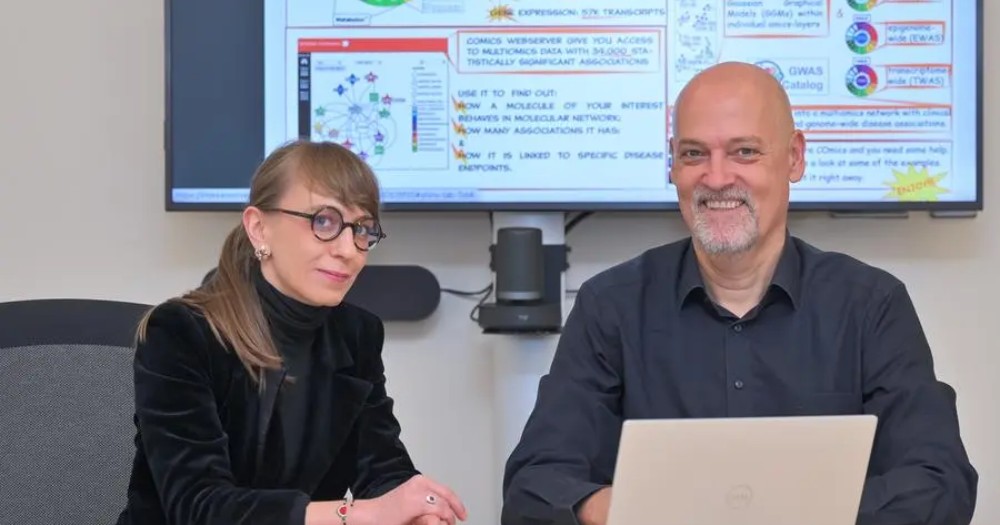WCM-Q researchers create “molecular map” of the human body

Researchers at Weill Cornell Medicine-Qatar (WCM-Q) have developed a comprehensive "molecular map" of the human body, revealing the complex physiological processes that occur at a molecular level. By analyzing data from blood, urine, and saliva samples collected over a 12-year period - this groundbreaking study has created an accessible online tool called "The Molecular Human."
The tool allows scientists worldwide to explore the intricate molecular relationships that define human biology and contribute to various diseases.
How does it work?
The project, led by Dr. Karsten Suhre and Dr. Ania Halama, involved mapping and integrating vast amounts of molecular data collected from 391 participants in the Qatar Metabolomics Study of Diabetes (QMDiab). The data included genomic, transcriptomic, proteomic, and metabolomic information, providing a detailed view of the molecular characteristics of each individual. These diverse data sets were analyzed using multiomics-a strategy that combines different types of biological data to understand how the human body and diseases function.
The findings were incorporated into "The Molecular Human," a free-to-access online model that serves as an interactive visual reference. This tool allows researchers to investigate molecular pathways and associations between genetic traits, proteins, metabolic processes, and diseases. Dr. Suhre explains, "Our idea was to bring together everything we have learned over more than a decade of multiomics research to create a very comprehensive molecular model of the human body and its processes."
Why does it matter?
This comprehensive molecular map has the potential to revolutionize biomedical research by providing new insights into how the human body operates at a molecular level. By using "The Molecular Human" model, researchers can identify novel pathways and associations, potentially leading to breakthroughs in understanding diseases like diabetes. As Dr. Halama noted, "The scale of the data contained within the model means that there are hundreds of thousands of pathways and associations for researchers to explore, giving huge potential for discovery and investigation."
Furthermore, this tool supports the formation of new hypotheses and facilitates the design of experiments to test them, accelerating the development of new therapeutic approaches. By making this resource freely available, WCM-Q aims to foster collaboration and innovation across the global scientific community.
The context
The creation of this molecular map is part of the broader Qatar Metabolomics Study of Diabetes (QMDiab), which was originally designed to explore diabetes in Qatar's multiethnic population. Samples from 391 volunteers of diverse ethnic backgrounds were collected in collaboration with Hamad Medical Corporation and analyzed using 18 high-throughput platforms, generating over 6,300 data points per participant. The study also involved genotyping for 1.2 million genetic variants, sequencing the white blood cell transcriptome to quantify 57,000 transcripts, and assessing DNA methylation at 450,000 CpG sites.
Through this extensive data analysis, researchers have already identified specific proteins and metabolites associated with subtypes of type 2 diabetes, highlighting the diverse ways this disease can manifest. The project has been supported by various grants from the Qatar National Research Fund and the Biomedical Research Program at Weill Cornell Medicine in Qatar, underscoring its significance to both local and international scientific communities.
By integrating such diverse data, the study sheds light on diabetes and paves the way for future research into other diseases — emphasizing the importance of understanding the molecular underpinnings of human health.
💡Did you know?
You can take your DHArab experience to the next level with our Premium Membership.👉 Click here to learn more
🛠️Featured tool
 Easy-Peasy
Easy-Peasy
An all-in-one AI tool offering the ability to build no-code AI Bots, create articles & social media posts, convert text into natural speech in 40+ languages, create and edit images, generate videos, and more.
👉 Click here to learn more


